
Senior physics writer Emily Conover joined Science News in 2016. She has a Ph.D. in physics from the University of Chicago, where she studied the weird ways of neutrinos, tiny elementary particles that can zip straight through the Earth. She got her first taste of science writing as a AAAS Mass Media Fellow for the Milwaukee Journal Sentinel. She has previously written for Science Magazine and the American Physical Society. She is a two-time winner of the D.C. Science Writers’ Association Newsbrief award, and a winner of the Acoustical Society of America’s Science Communication Award.

Trustworthy journalism comes at a price.
Scientists and journalists share a core belief in questioning, observing and verifying to reach the truth. Science News reports on crucial research and discovery across science disciplines. We need your financial support to make it happen – every contribution makes a difference.
All Stories by Emily Conover
-
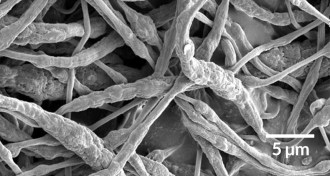 Materials Science
Materials ScienceNew ‘smart’ fibers curb fires in lithium-ion batteries
To stifle battery fires, scientists create component with heat-release flame retardant.
-
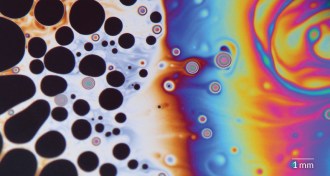 Life
LifeShimmering soap bubbles have a dark side
Merging dark spots are indicators that a bubble is about to burst.
-
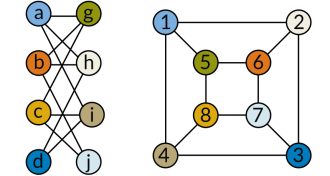 Computing
ComputingRetracted result on network equivalence reinstated
Graph isomorphism result still stands, despite error.
-
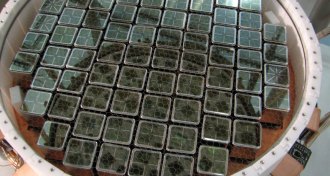 Particle Physics
Particle PhysicsDark matter still missing
The XENON100 experiment found no evidence of an annually varying dark matter signal.
-
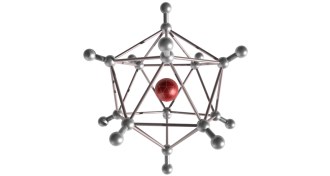 Physics
PhysicsNew form of hydrogen created
Scientists have created negatively charged clusters of hydrogen for the first time.
-
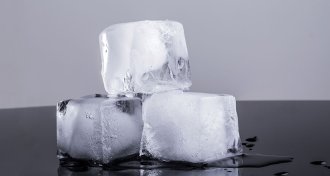 Chemistry
ChemistryDebate heats up over claims that hot water sometimes freezes faster than cold
A team of chemists has a new explanation for the Mpemba effect, while other scientists debate if it is even real.
-
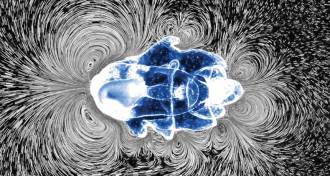 Life
LifeBaby starfish on the hunt whip up whirlpools
Starfish larvae use hairlike cilia to stir up water whorls and suck prey in close.
-
 Life
LifeBaby starfish whip up whirlpools to snag a meal
Starfish larvae use hairlike cilia to stir up water whorls and suck prey in close.
-
 Math
MathHidden Figures highlights three black women who were vital to the U.S. space program
"Hidden Figures" tells the untold story of the "human computers" who were essential to the launch of the U.S. space program.
-
 Physics
PhysicsAntimatter hydrogen passes symmetry test
Antihydrogen atoms behave similarly to normal hydrogen atoms.
-
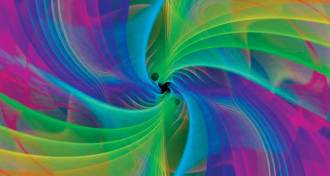 Physics
PhysicsYear in review: Gravitational waves offer new cosmic views
The first direct detection of gravitational waves will open a new window on black holes and introduce a new era in astronomy.
-
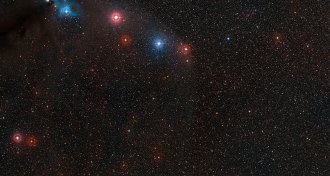 Quantum Physics
Quantum PhysicsVacuum’s quantum effect on light detected
Light can be polarized through interactions with empty space.